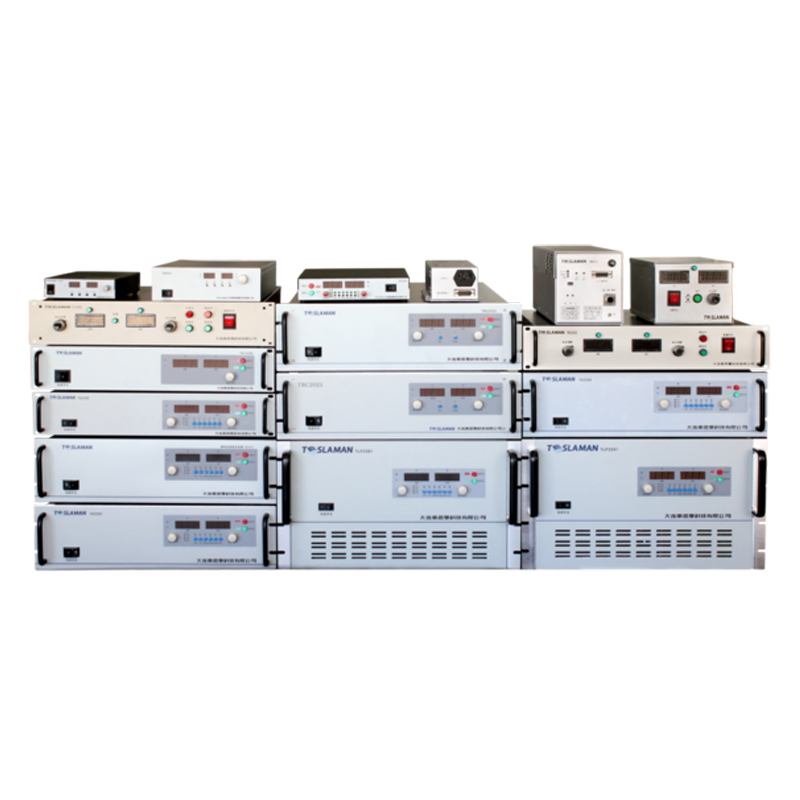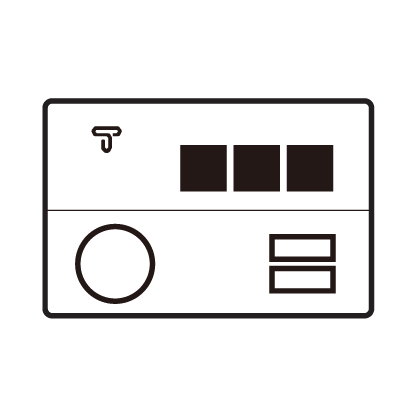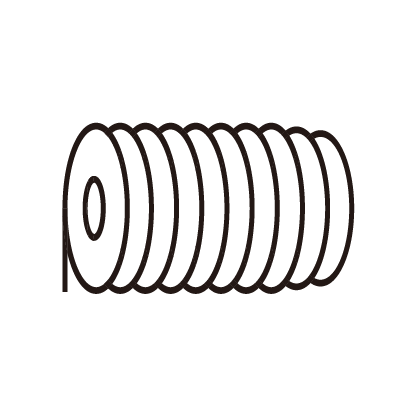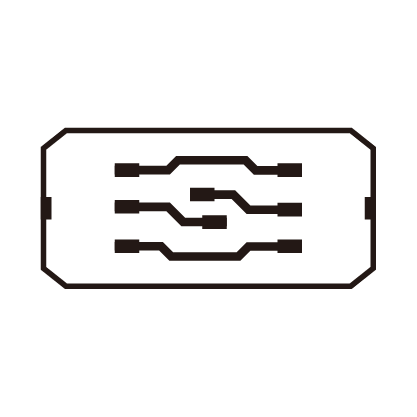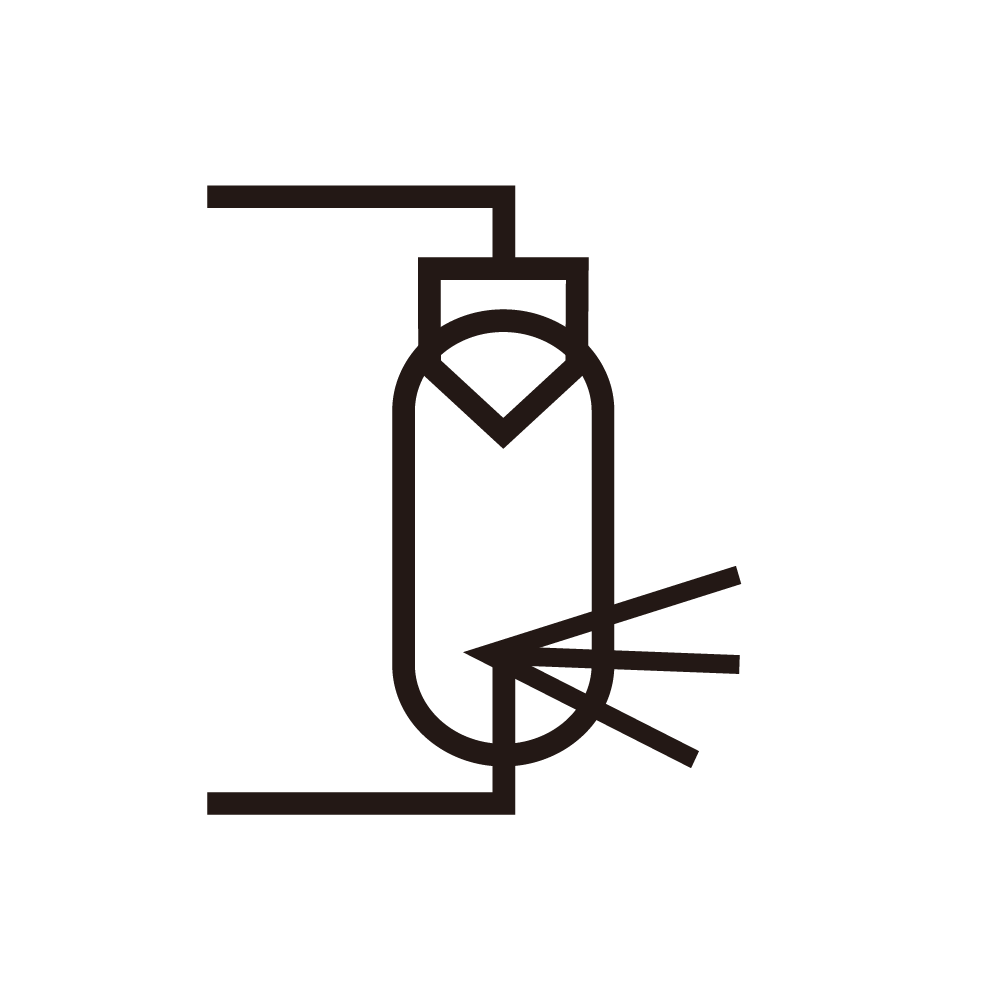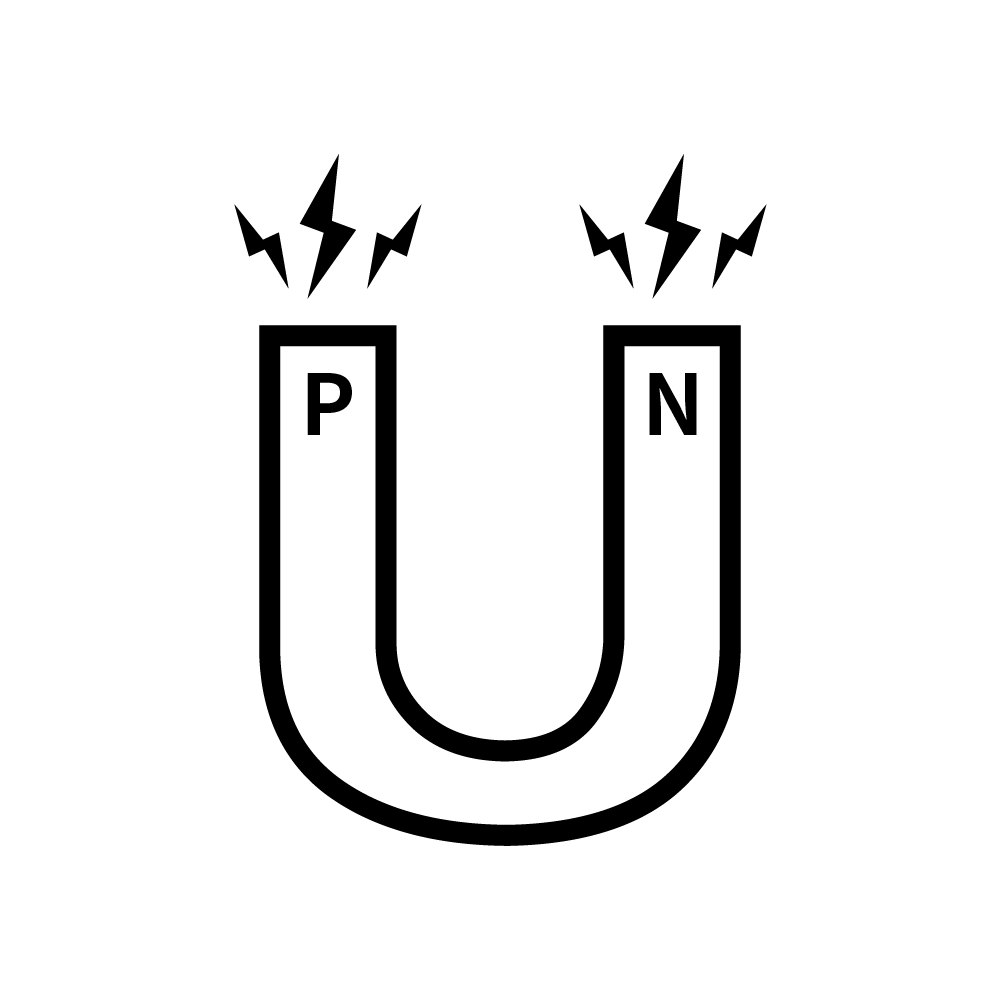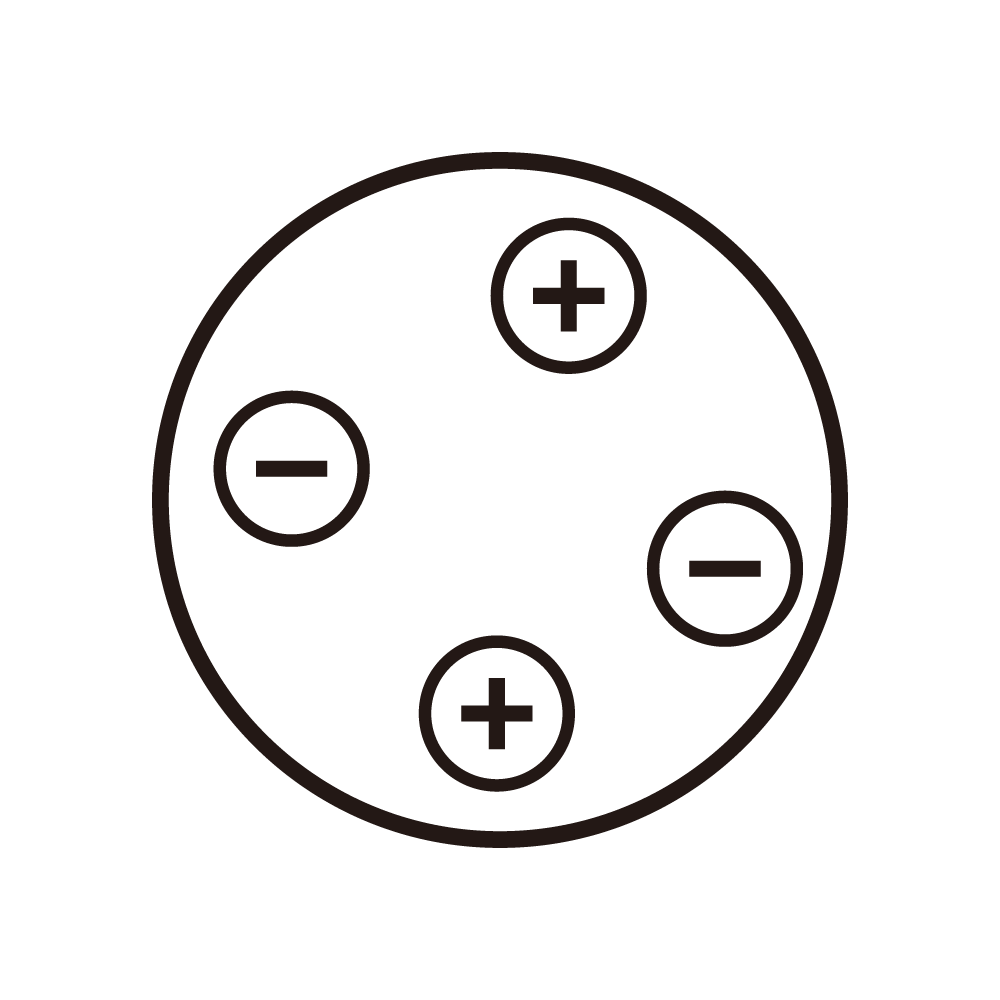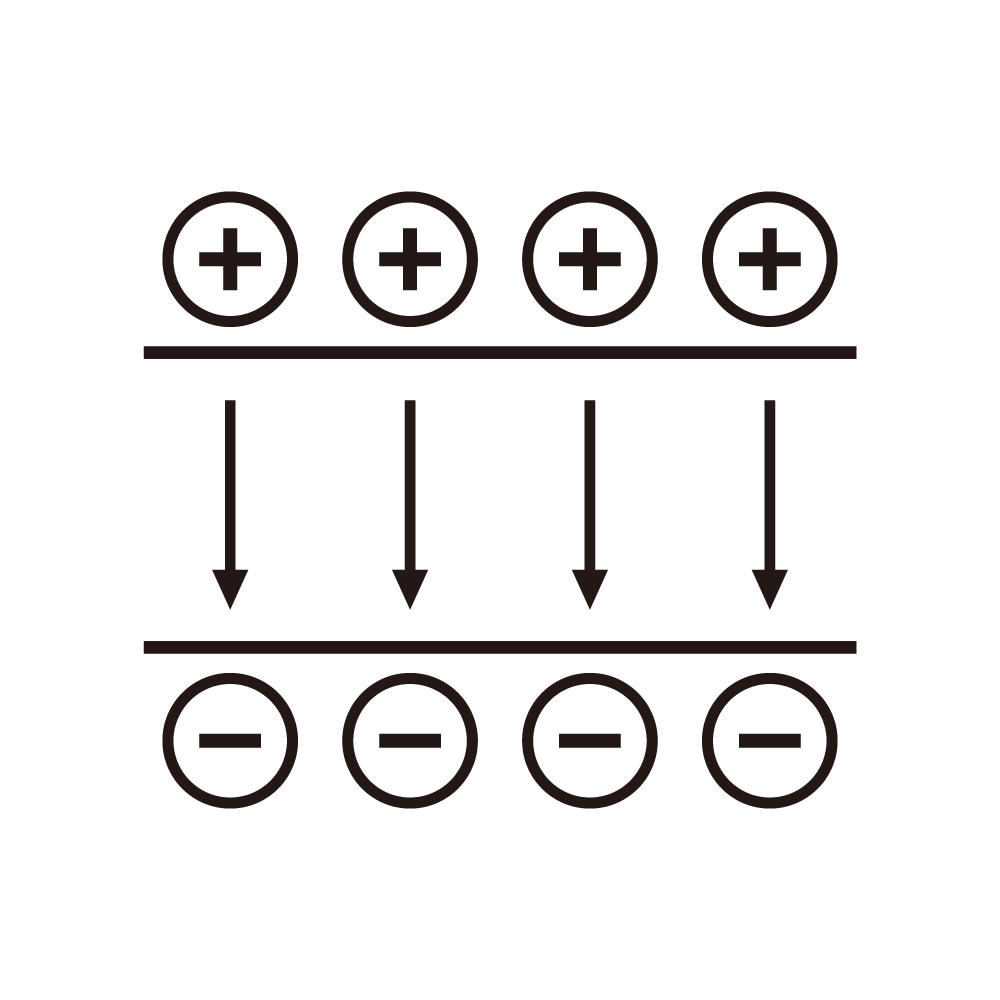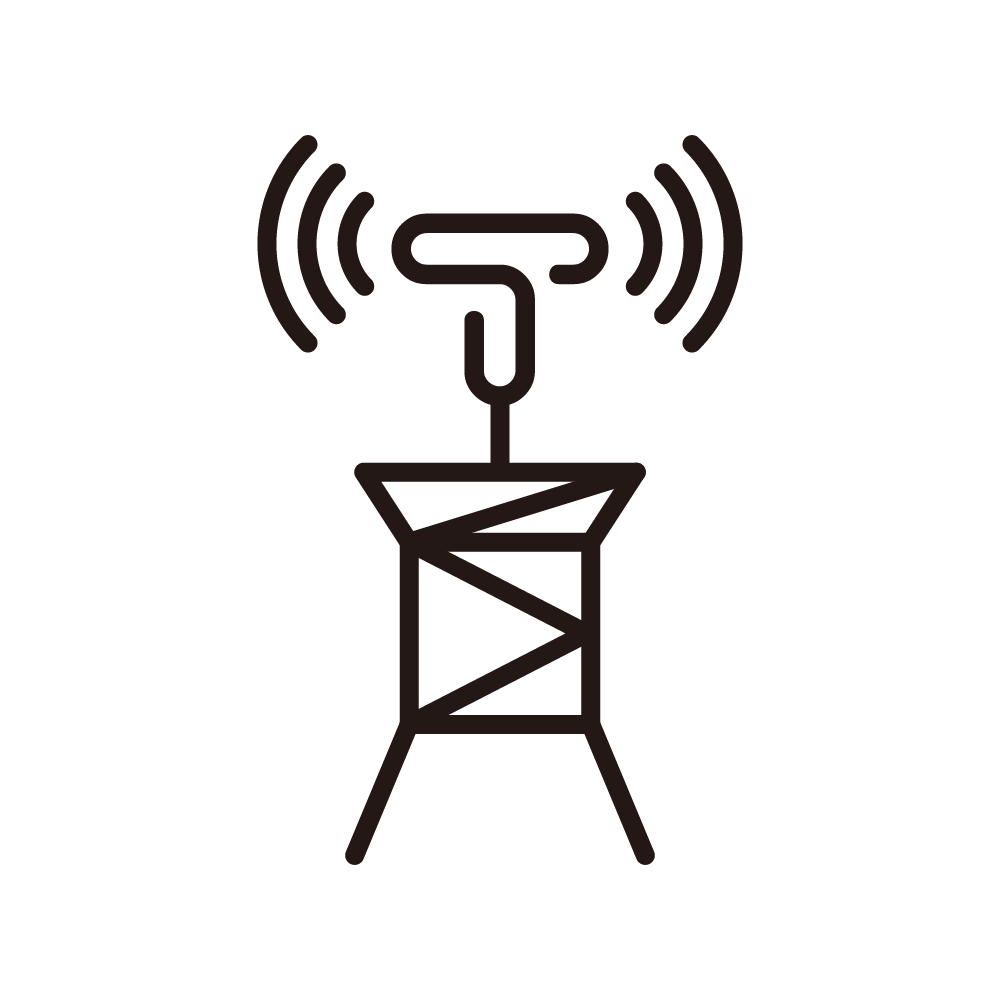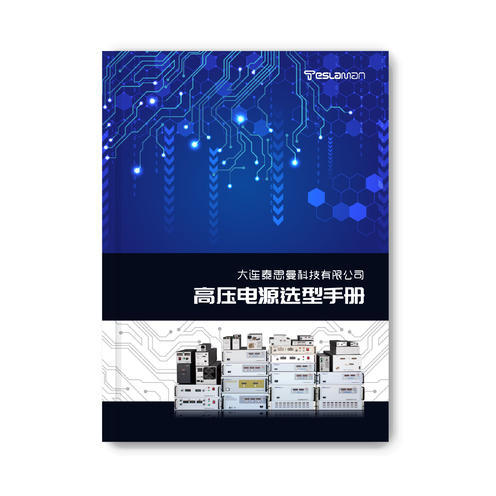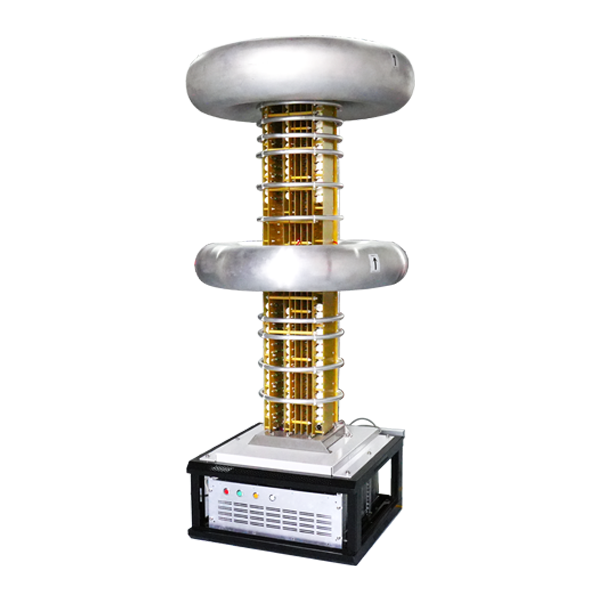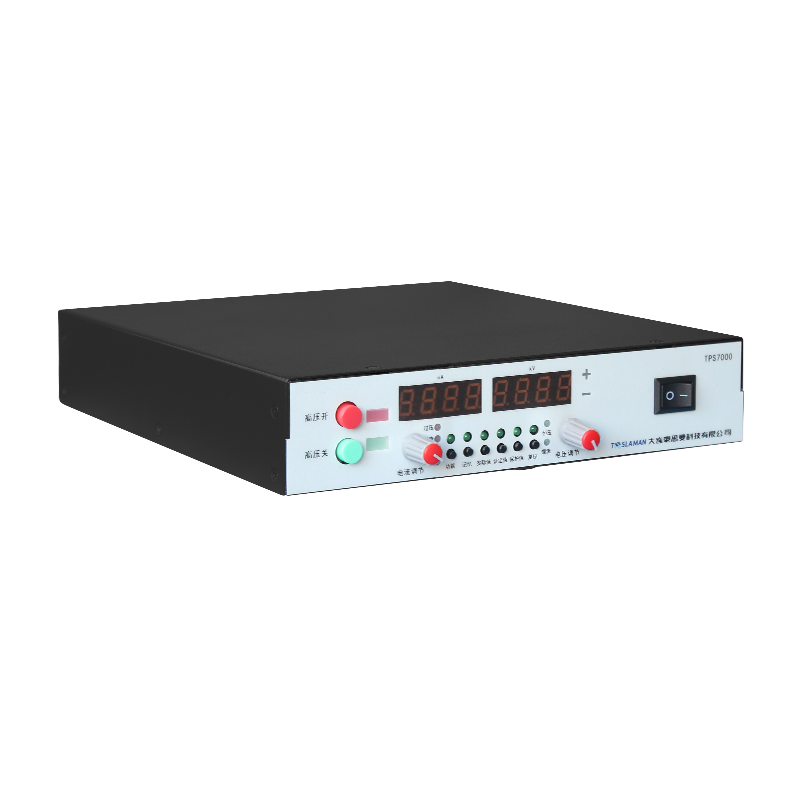Energy Efficiency Enhancement in High-Voltage Power Supplies for Vacuum Coating Systems
Vacuum coating technologies—such as magnetron sputtering, ion plating, and electron-beam evaporation—rely on high-voltage power supplies to sustain plasma discharges or provide substrate biasing. These HV supplies often operate continuously for extended periods, making energy efficiency a critical design objective to reduce power loss, system heating, and operational cost.
Power loss in HV systems originates from several mechanisms: semiconductor conduction and switching losses, transformer core losses, dielectric dissipation, parasitic leakage, and standby power. To improve energy efficiency without sacrificing output stability, multiple strategies can be applied at the architectural, circuit, and control levels.
Soft-switching techniques, such as zero-voltage switching (ZVS) and zero-current switching (ZCS), significantly reduce switching losses by ensuring transistors switch at minimal voltage or current levels. This requires resonant or quasi-resonant converter topologies, where the converter operates in a state where voltage and current waveforms are sinusoidal rather than square, thus minimizing overlap losses.
Modular multi-level topologies further enhance efficiency for high-output voltages. Instead of one massive high-ratio transformer, multiple converter stages operate in series or parallel, each handling a fraction of the total voltage or current. This distributed approach reduces per-module stress, improves thermal balance, and increases fault tolerance.
Magnetic component optimization is another major contributor to efficiency gains. The use of low-loss nanocrystalline or amorphous magnetic cores minimizes eddy current and hysteresis losses, especially at high frequencies. Optimized winding geometry and interleaving techniques reduce leakage inductance and improve coupling efficiency.
Dynamic power control and adaptive load management allow HV supplies to operate in energy-saving modes when full power is unnecessary. For example, during deposition stabilization or substrate loading, the system can automatically reduce output voltage or enter standby operation, cutting energy use during idle periods.
Dielectric and insulation losses can also be minimized through careful material selection. Insulators with high dielectric strength and low loss tangent, coupled with optimized field distribution, minimize leakage current and parasitic heating.
Thermal management plays a synergistic role with efficiency. Efficient cooling—via liquid-cooled dielectric barriers, heat-pipe arrays, or advanced air channels—keeps semiconductor junctions within optimal temperature ranges, preventing resistance increase due to thermal drift.
Finally, energy recovery systems capture residual charge stored in capacitive loads when the voltage is reduced or switched off. This energy can be redirected to pre-charge circuits or stored in capacitors, reducing the net power demand. Such regenerative mechanisms can improve system-level efficiency by several percentage points, especially in pulsed or intermittent coating systems.
In total, energy efficiency in HV power supplies for vacuum coating requires holistic optimization across converter topology, control strategy, thermal design, and material science—balancing the often competing goals of performance, stability, and economy.
